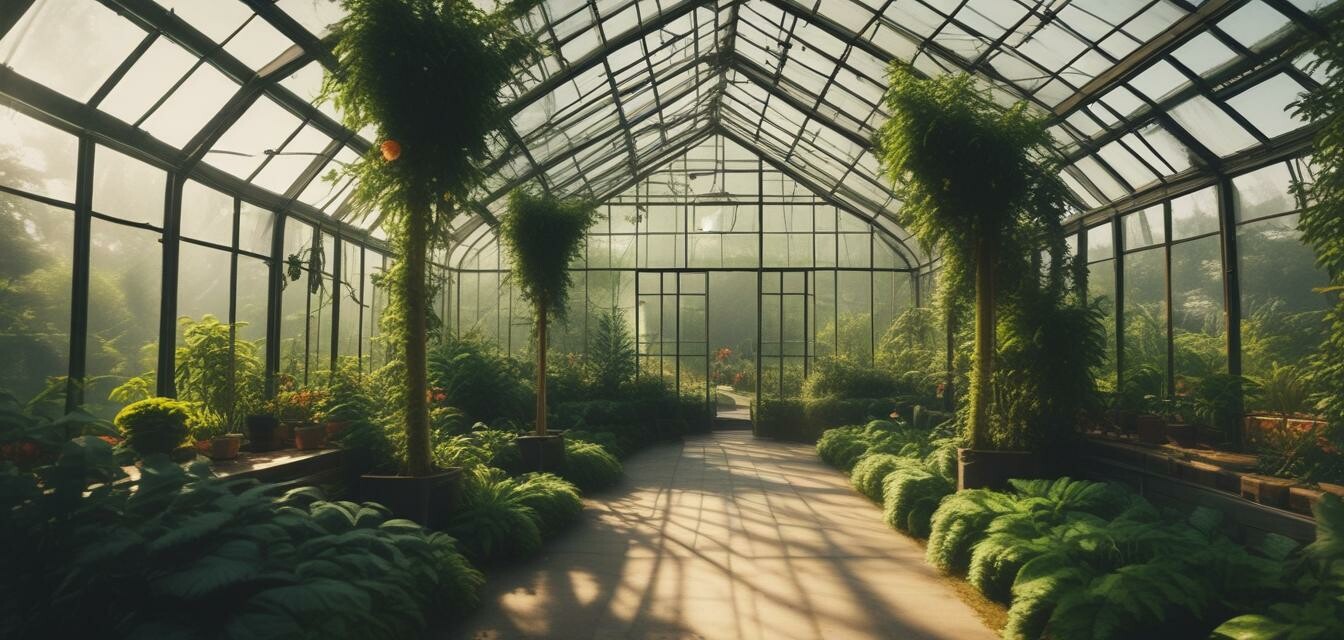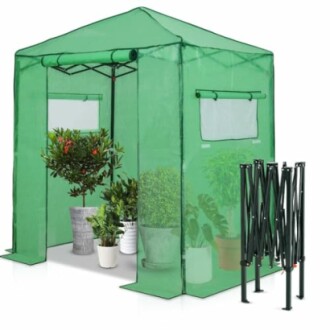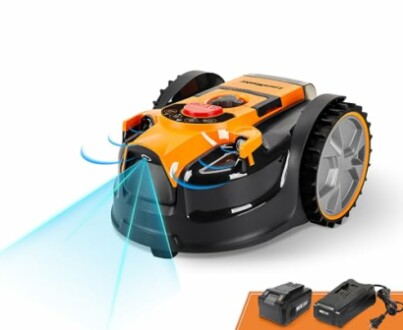
Creating a Sustainable Garden with Greenhouses
Key Takeaways
- Greenhouses extend the growing season and can be used for various plants.
- They provide a controlled environment that reduces the impact of pests and diseases.
- Utilizing greenhouses promotes sustainable gardening practices such as composting and rainwater harvesting.
- Portable greenhouses allow for flexibility in gardening.
Are you passionate about gardening but struggle with seasonal changes that hamper your plant-growing ability? Creating a sustainable garden using a greenhouse can be an inspiring solution to cultivate a thriving garden all year round. This article will delve into how greenhouses function, their benefits, and how you can utilize them to create an eco-friendly gardening space.
Understanding Greenhouses
A greenhouse is a structure designed to create a warm environment for plants by trapping solar energy. Not only do they protect plants from tough weather conditions, but they also allow for better growing conditions year-round. Here are several common types of greenhouses:
| Type of Greenhouse | Description | Best For |
|---|---|---|
| Hoop House | A simple design made with hoops covered in plastic. | Vegetables and flowers. |
| Glass Greenhouse | A sturdier option with glass panels for maximum light. | Long-term plant growth, tropical plants. |
| Portable Greenhouse | Lightweight and easily transported, ideal for small spaces. | Seedlings and small plants. |
Benefits of Using Greenhouses in Sustainable Gardening
- Year-Round Growing: Greenhouses maintain a warm environment, allowing for year-round gardening.
- Reduced Pests and Diseases: Controlled conditions minimize exposure to pests and diseases.
- Water Conservation: Using a greenhouse allows for more efficient water usage, often through rainwater harvesting systems.
- Composting Opportunities: Many greenhouses can accommodate compost bins, providing a sustainable way to feed your plants.
Incorporating a Greenhouse into Your Garden
When planning to incorporate a greenhouse into your garden, consider the following:
- Assess the size of your garden space.
- Choose the appropriate type of greenhouse based on your gardening needs.
- Decide on the location with optimal sunlight and accessibility.
- Consider incorporating a rainwater collection system for sustainability.
EAGLE PEAK 6x4 Portable Walk-in Greenhouse
The perfect solution for any gardener wanting flexibility and ease of setup, it requires no tools and is portable.
Learn MoreDesigning Your Greenhouse Garden
Designing your greenhouse space can greatly influence your gardening success. Here are key considerations:
| Element | Importance | Plants to Consider |
|---|---|---|
| Layout | Organizing plants for optimal light exposure. | Tomatoes, peppers. |
| Temperature Control | Ensuring consistent temperatures for plant health. | Herbs, leafy greens. |
| Ventilation | Preventing overheating and maintaining humidity. | Orchids, ferns. |
Using Smart Gardening Techniques
In addition to conventional gardening methods, consider these techniques for a sustainable garden:
- Utilizing organic fertilizers to enrich the soil.
- Implementing companion planting to deter pests.
- Employing drip irrigation to conserve water.
LawnMaster OcuMow™ Robot Lawn Mower
A smart addition to any garden, this battery-powered robot mower ensures your lawn remains pristine with minimal effort.
Learn MoreConclusion
Creating a sustainable garden with greenhouses allows you to enjoy your gardening passion all year round. They are not just practical solutions; they also promote eco-friendly practices that can benefit the environment and elevate your outdoor space. With various greenhouse options available, you can choose one that fits your needs, paving the way for a flourishing and inspiring garden.
Tips for Beginners
- Start small: Choose a manageable space when first using a greenhouse.
- Rotate crops to keep the soil healthy.
- Keep records of planting dates and plant growth for future gardening decisions.
Further Reading and Resources
For more information, check out our related articles:

